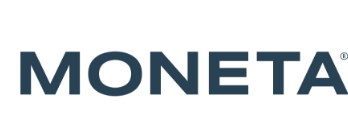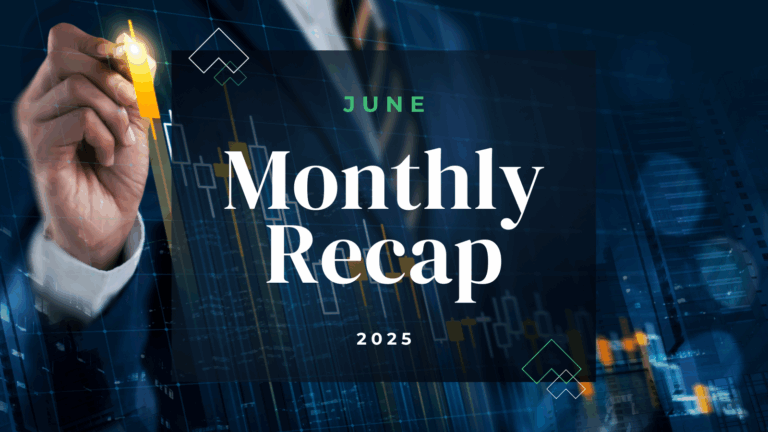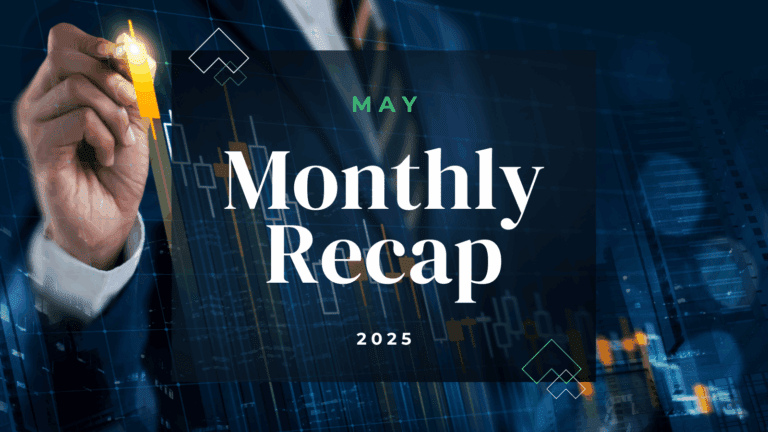Aoifinn Devitt | Chief Investment Officer
As Hurricane Ian prepared to batter the Western Coast of Florida earlier this week, there was dramatic footage of the tide receding in certain areas as the hurricane “scooped” up the water, only for it to surge later. It was eerily reminiscent of the scenes from the 2004 Asian Tsunami – nature at work, detected intuitively by certain birds and other wildlife, but not some humans, who rushed into to the drained beaches unaware of the perils that loomed.
The markets in recent months have had a somewhat similar feel. We can think of the prevailing macro-crises – high inflation, rising rates, a wobbling economy and geo-political uncertainty – as that perilous tidal swell. After a stormy and tumultuous first half of the year, the beginning of the third quarter was eerily quiet. The worries seemed to recede, the markets rallied (market performance in July for the S&P 500 was over 9%, marking the best month since November 2020), and investors strained to see signs of inflation rolling over and an easing of some of the US Fed’s tightening. And as the tide went out, investors rushed in.
Now, in retrospect, it is clear this market strength in July had all the hallmarks of a bear market rally, albeit one that was slightly more sustained and broader than usual. It proved to be dangerously short and maybe a distraction from the storm surge on the horizon.
The August/September Storm Surge
The markets have since retraced all their gains from mid-year. As we write, the macro-worries have swollen like a storm surge. Mortgage rates currently sit close to 7%, their highest level since 2007. Treasury yields were on the march upwards as investors sold bonds in expectation of further rate rises by the Fed. In September, the Fed went for a hat trick by implementing its third 75 bps rate hike. It is now signaling a target of over 4%, indicating further rate increases are likely to come before the year ends.
These movements in yields have taken their toll on bond values, but do, conversely, present interesting entry points today – for example, investors investing in laddered bond portfolios will be seeing some bonds roll off and others purchased at the current levels. Other parts of the fixed income universe, such as investment grade corporate bonds and high yield bonds, are trading at attractive yields relative to their history, too.
The rise in mortgage rates is likely to slow momentum in the housing market and is also likely to slow investment in DIY projects and other home improvement sectors, as consumers will be slow to refinance or move homes at current rates.
The slump in equity markets year to date is evident from the chart below, and as can be seen from the two orange lines – representing developed market and emerging market equity indices (in local currency) – weakness has been global. The drag of non-US markets has been exacerbated by a US Dollar that is lingering at close to 20-year highs, as the US currency remains a safe-haven currency, while other regions seem to have an even poorer outlook than that on the ground here.
How not to drive
As we look around the world and speak with our non-US managers, we are hearing of an energy-price-led recession in Europe and a man-made double-dip recession in China stemming from its zero-Covid policy. This stringent policy is effectively acting as a brake on the economy, while the government is at the same time attempting to stimulate the economy through infrastructure investment.
The style of driving – akin to driving with one foot on the brake and one on the gas – is gaining popularity and markets are reacting with revulsion. In the past few weeks, the bond and currency markets were thrown into disarray in the UK as a mini budget there purported to stimulate the economy with tax cuts, while the Bank of England was seeking to cool it via interest rate hikes. This clash between monetary and fiscal policy proved to be unpalatable for markets and served as a cautionary tale for other countries about the perils of taming inflation while seeking to avoid an economic slowdown. In recent weeks, the realization is setting in – globally – that this might not be possible.

Where can I shelter from the storm?
This realization is leading the conversation to shift from whether the Fed will achieve a “soft landing” in the US to a discussion of how hard the “landing” and ensuing recession will be. For now, the labor market remains tight (with unemployment at close to record lows in the US), a low labor force participation rate, and an excess of job vacancies relative to persons seeking employment. With persistent inflation and more rate rises likely, where can investors take shelter from this storm?
For years, while bond yields were at record lows, it seemed that equities presented the best investment alternative. Now, however, with real yields rising, bonds are again starting to look relatively attractive. Both equities and bonds can be expected to struggle in an environment of rising rates, but as the chart below shows, equity markets tend to be a leading indicator of a recession and to fall in advance of a recession.
Once the recession arrives, however, markets tend to level out and rise. If this pattern holds, equity markets may lead bond markets out of the recession as bond markets will continue to weaken as rates rise. The scope of the further downside to bonds may be limited, however, given that much of the rate rises have already occurred in quick succession. They will also, in the interim, continue to deliver yields that are attractive relative to their recent history.

Putting this all together, our view remains that it is key to remain invested in both equities and bonds at this juncture, ensuring that both are sufficiently diversified. For equity markets, this means diversified by style – by growth and value stocks. While growth stocks have borne the brunt of the selloff year to date (the Nasdaq is down 31.4% year to date as of September 29, while the S&P is down 23.6% as of the same date), value stocks have been somewhat more robust – as this chart showing sector dispersion shows:

As to the question of geographic diversification within equities, again, a look at the first chart in this paper shows that in local terms, non-US equity markets have outperformed US markets. Some, such as the FTSE in the UK, are heavily dependent on exports and tend to rise when their currency weakens. Others, such as some Asian markets, had considerable weakness in previous years as they lagged the US market, so they experienced more resilience to the current global volatility.
The key driving factor of weakness there is the US Dollar strength, which has compounded losses in these markets as noted before. At a 20-year high and still a safe haven currency, there are no immediate indications that the USD will reverse this trend, and it is likely that the strength will continue until the US Fed ceases raising rates. However, the incremental gains from the dollar strengthening further may be more muted now, and we still believe that there are benefits to diversification by currency and global stocks due to the differing return drivers in each region.
Within fixed income, we are positive on maintaining an allocation both as a potential source of income and diversification. Where possible, we see potential to add exposure to instruments that are less exposed to interest rate hikes – such as floating rate debt, bank loans, and private credit.
For some time, we have guided clients towards building inflation resilience into portfolios – and while equity exposure will generally provide some of this, real estate and real assets are key to providing more inflation-linked exposure. Of course, as noted above in our discussion of house prices, all real estate is exposed to interest rates, and potential demand weakness that might accompany rising rates; but interesting opportunities remain. Real assets, such as infrastructure, will get a boost from the ongoing focus on energy security and recent legislation, such as the Inflation Reduction Act that earmarks spending on renewable energy and other infrastructure initiatives.
Finally, alternative assets such as private equity have different holding periods to public equities and bonds, and as such, can provide ballast to a portfolio when other areas are seeing mark-to-market losses. While this does not mean that private assets are immune to market weakness (they are not, as their own valuations are driven by public market valuations) they are not as prone to volatility; including them in a portfolio can smoothen a return pattern.
So, our advice for how to shelter from the current storm is to hunker down – close to base – close to your original asset allocation. This “base” should be maintained through rebalancing when the opportunity arises. If there is “dry powder” to allocate through liquidation events, maybe the “base” can be fortified through ensuring that all the components of a strong house are in place.
Sources:
The S&P 500 Index is a free-float capitalization-weighted index of the prices of 500 large-cap common stocks actively traded in the United States.
The Russell 1000® Index is an index of 1000 issues representative of the U.S. large capitalization securities market.
The Russell 2000® Index is an index of 2000 issues representative of the U.S. small capitalization securities market.
The MSCI EAFE Index is a free float-adjusted market capitalization index designed to measure the equity market performance of developed markets, excluding the U.S. and Canada.
The MSCI Emerging Markets Index is a float-adjusted market capitalization index that consists of indices in 21 emerging economies.
© 2022 Moneta Group Investment Advisors, LLC is an SEC registered investment advisor and wholly owned subsidiary of Moneta Group, LLC. Registration as an investment advisor does not imply a certain level of skill or training. The information contained herein is for informational purposes only, is not intended to be comprehensive or exclusive, and is based on materials deemed reliable, but the accuracy of which has not been verified. Examples contained herein are for illustrative purposes only based on generic assumptions. Given the dynamic nature of the subject matter and the environment in which this communication was written, the information contained herein is subject to change. This is not an offer to sell or buy securities, nor does it represent any specific recommendation. You should consult with an appropriately credentialed professional before making any financial, investment, tax, or legal decision. Past performance is not indicative of future returns. You cannot invest directly in an index. All investments are subject to a risk of loss. Diversification and strategic asset allocation do not assure profit or protect against loss in declining markets. These materials do not take into consideration your personal circumstances, financial or otherwise.







